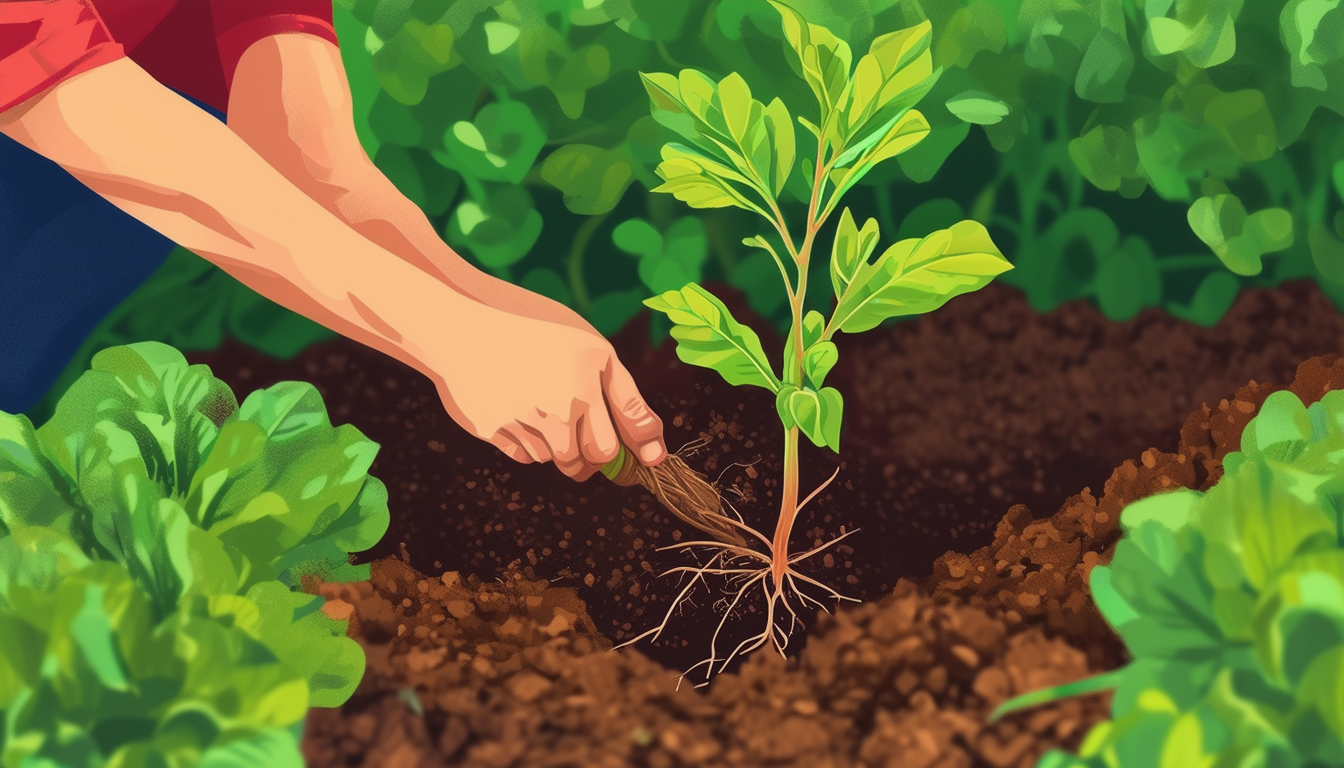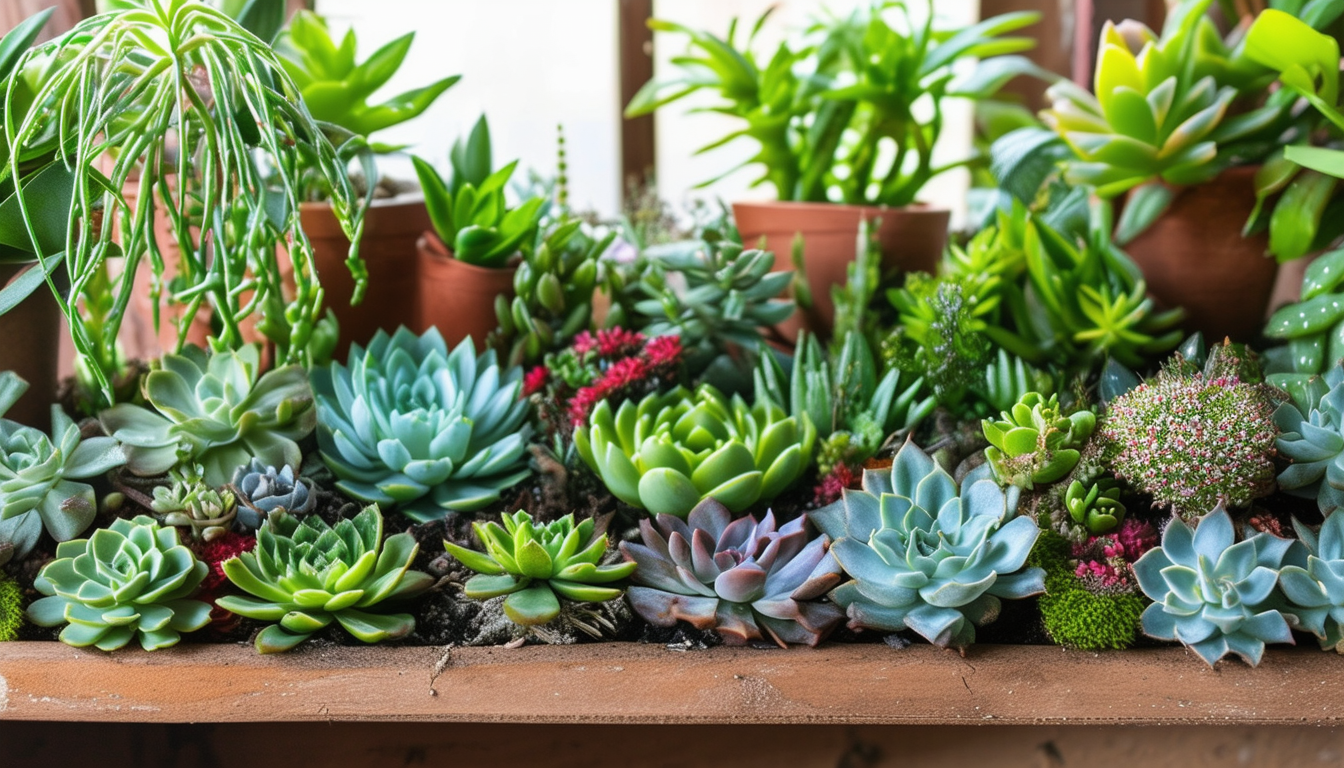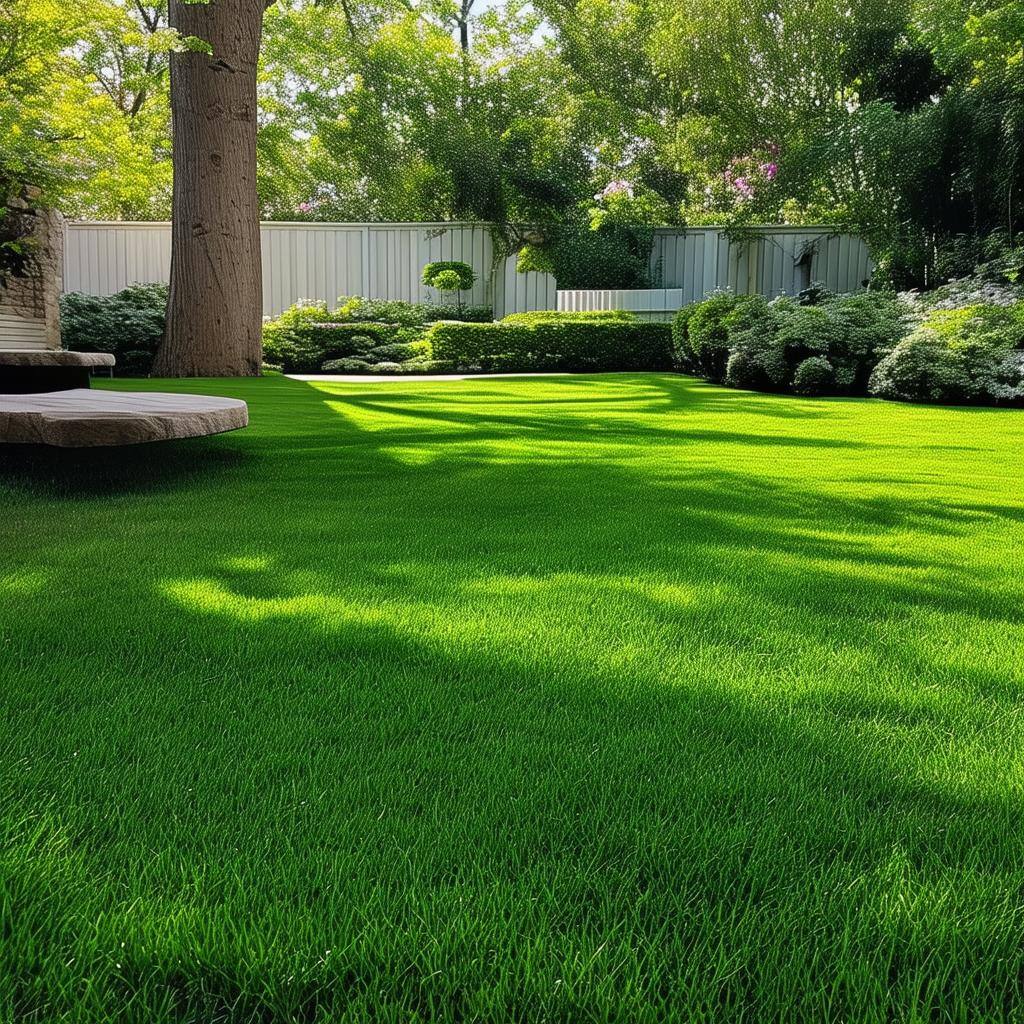
Unlock the secrets to cultivating luscious logan berries from bare root plants with our expert guide!
Understanding Bare Root Logan Berry Plants
Bare root logan berry plants are dormant plants that are sold without soil around their roots. They are typically available during the late fall to early spring, a time when the plants are naturally dormant. This method of selling allows gardeners to purchase high-quality plants at a lower cost, and the plants are easier to handle and transport compared to potted versions.
These plants will need to be planted as soon as possible upon arrival to ensure they don't dry out. With proper care and attention, bare root logan berry plants can establish themselves quickly and start producing fruit within a year or two.
Choosing the Right Location and Soil Preparation
Logan berries thrive best in a sunny location that receives at least six hours of direct sunlight each day. The chosen site should have well-draining soil to prevent waterlogging, which can lead to root rot. Sandy loam soil enriched with organic matter is ideal for these plants.
Before planting, prepare the soil by removing weeds and incorporating compost or well-rotted manure. This will improve soil fertility and structure, giving your logan berries a strong start. Testing the soil pH and adjusting it to a slightly acidic range of 6.0 to 6.5 can also be beneficial.
5 Steps to Plant Your Bare Root Logan Berry Plants
1. **Soak the Roots**: Before planting, soak the roots of the bare root logan berry plants in water for a few hours to rehydrate them.
2. **Dig the Hole**: Dig a hole that is wide and deep enough to accommodate the root system. A hole about 12 inches wide and 12 inches deep should suffice.
3. **Planting Depth**: Position the plant so that the crown (where the roots meet the stems) is at soil level. Spread the roots out evenly in the hole.
4. **Backfill and Water**: Fill the hole with soil, gently firming it around the roots. Water the plant thoroughly to settle the soil and eliminate air pockets.
5. **Mulch and Support**: Apply a layer of mulch around the base of the plant to retain moisture and suppress weeds. If necessary, provide support such as a trellis or stake to guide the plant as it grows.
Caring for Your Logan Berry Plants Throughout the Seasons
Logan berry plants require consistent care throughout the year to ensure healthy growth and fruitful harvests. In the spring, apply a balanced fertilizer to support new growth. Prune any dead or damaged canes to encourage healthy development.
During the summer, water the plants regularly, especially during dry periods. Mulching can help retain soil moisture and keep the roots cool. Keep an eye out for pests and diseases, and treat them promptly to prevent damage.
In the fall, prune the canes that have finished fruiting to promote better air circulation and prepare the plant for winter dormancy. Apply a layer of mulch to protect the roots from freezing temperatures.
Harvesting and Enjoying Your Logan Berries
Logan berries are typically ready for harvest in mid-summer. The berries should be a deep red color and easily detach from the plant with a gentle tug. Harvesting in the morning when temperatures are cooler can help maintain the berries' freshness.
Once harvested, logan berries can be enjoyed fresh, or used in a variety of recipes such as jams, pies, and smoothies. They can also be frozen for later use, allowing you to enjoy their sweet-tart flavor year-round.
Best Varieties of Logan Berry
There are several varieties of logan berries to choose from, each with its own unique characteristics. Some popular varieties include 'Thornless Loganberry,' which is easier to handle due to its lack of thorns, and 'Ly 59,' known for its large, juicy berries.
When selecting a variety, consider factors such as disease resistance, berry size, and flavor profile to find the best fit for your garden and culinary preferences.
Recipe Ideas for Logan Berry
Logan berries are versatile and can be used in a multitude of delicious recipes. Here are a few ideas to inspire you:
1. **Loganberry Jam**: A classic spread that captures the essence of summer, perfect for toast or pastries.
2. **Loganberry Pie**: Combine logan berries with a flaky crust for a dessert that's sure to impress.
3. **Loganberry Smoothie**: Blend fresh or frozen logan berries with yogurt, banana, and honey for a refreshing and healthy treat.
4. **Loganberry Sauce**: A great accompaniment for pancakes, ice cream, or grilled meats, adding a sweet and tangy flavor.
FAQ
How much space do Loganberries need? Loganberries need about 4-6 feet of space between plants to allow for proper air circulation and growth.
Do Loganberries need support? Yes, loganberries benefit from a trellis or support structure to keep the canes upright and make harvesting easier.
Is a loganberry a bush or vine? Loganberries grow as trailing vines that need support to grow vertically.
When to propagate Loganberries? The best time to propagate loganberries is during the late fall or early spring when the plant is dormant.
Do loganberries have deep roots? Loganberries have moderately deep roots that extend about 12-18 inches into the soil.
Why are the leaves on my loganberry plant turning red? Red leaves can be a sign of stress, nutrient deficiency, or disease. It's important to investigate and address the underlying cause.
What is the best fertilizer for loganberries? A balanced fertilizer with equal parts nitrogen, phosphorus, and potassium works well for loganberries.
How to trellis loganberry? Train the canes onto a wire trellis or fence, tying them loosely to the support structure.
How fast do loganberries grow? Loganberries can grow quite rapidly, especially in their first few years. Expect significant growth each season.
What is the best potting mix for loganberries? Use a well-draining potting mix with added organic matter for growing loganberries in containers.
How long do you propagate before planting? Propagate loganberries for a few weeks to a couple of months until they develop a strong root system before planting.
How do you know when a propagated plant is ready to be planted? When the propagated plant has a well-established root system and new growth, it's ready to be planted.
How tall do loganberries grow? Loganberries can grow up to 6-8 feet tall when supported by a trellis.
Which is sweeter Tayberry or loganberry? Tayberries are generally sweeter than loganberries, which have a more tart flavor.
Is loganberry a climber? Yes, loganberries are climbers that benefit from support structures for optimal growth.
Are loganberries hard to grow? Loganberries are relatively easy to grow with proper care and attention.
What is the best homemade fertilizer for raspberries? Compost tea or a mixture of compost and water can make an excellent homemade fertilizer for raspberries.
What is the difference between boysenberries and loganberries? Boysenberries are a cross between blackberries, raspberries, and loganberries, while loganberries are a cross between blackberries and raspberries.
How do you eat loganberry? Loganberries can be eaten fresh, added to desserts, made into jams, or incorporated into smoothies.
How to get rid of raspberry fungus? Use a fungicide and practice good garden hygiene, such as removing infected plant material and avoiding overhead watering.
What does it mean when leaves are red? Red leaves can indicate stress, nutrient deficiency, or disease. Investigate the cause and address it accordingly.
Can you eat loganberries raw? Yes, loganberries can be eaten raw and are deliciously tart.
Why is it called loganberry? Loganberries are named after James Harvey Logan, who created the hybrid in the late 19th century.
Are loganberries good for you? Yes, loganberries are rich in vitamins, antioxidants, and dietary fiber, making them a nutritious addition to your diet.



